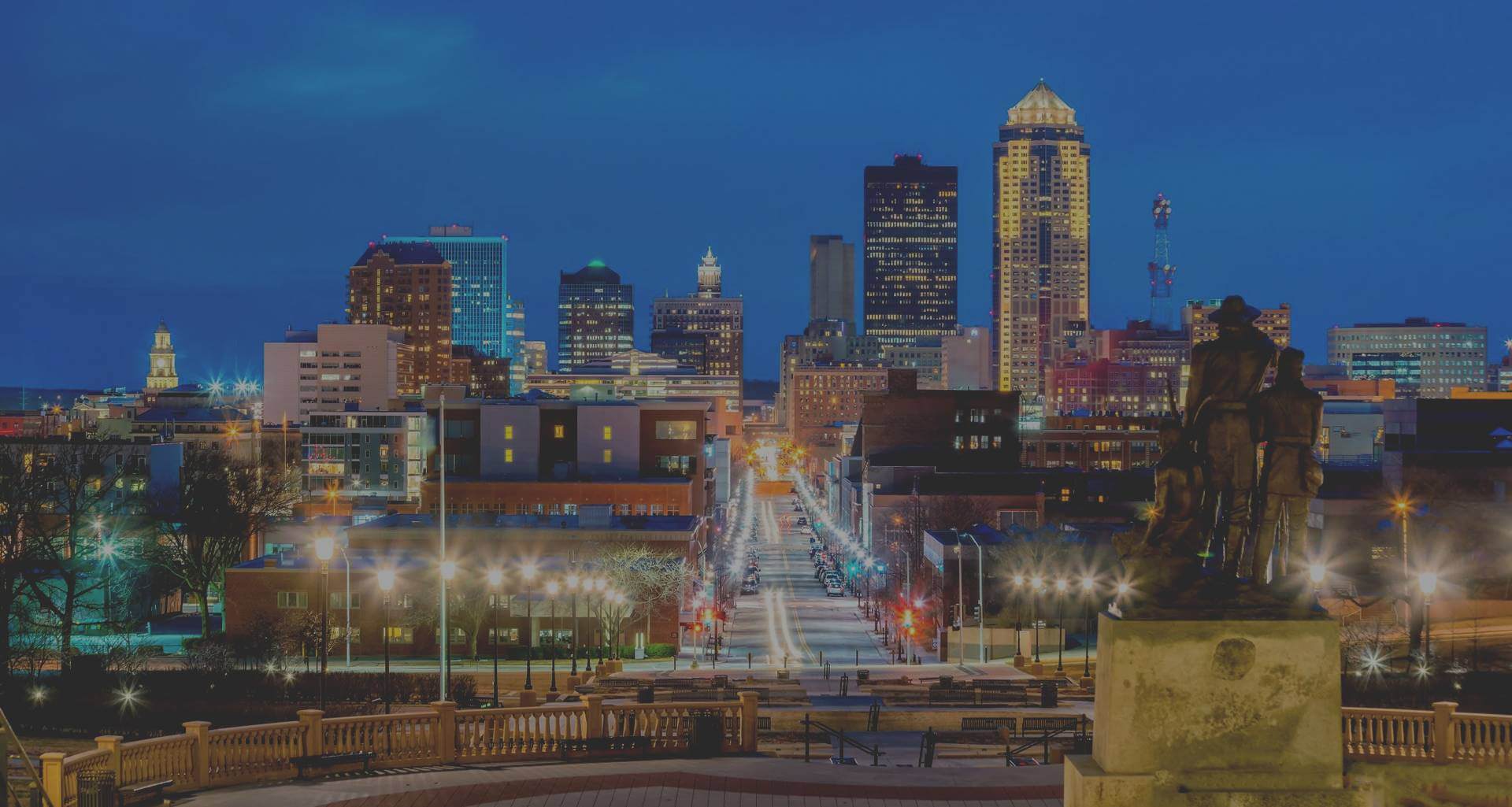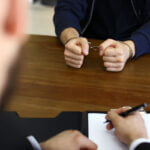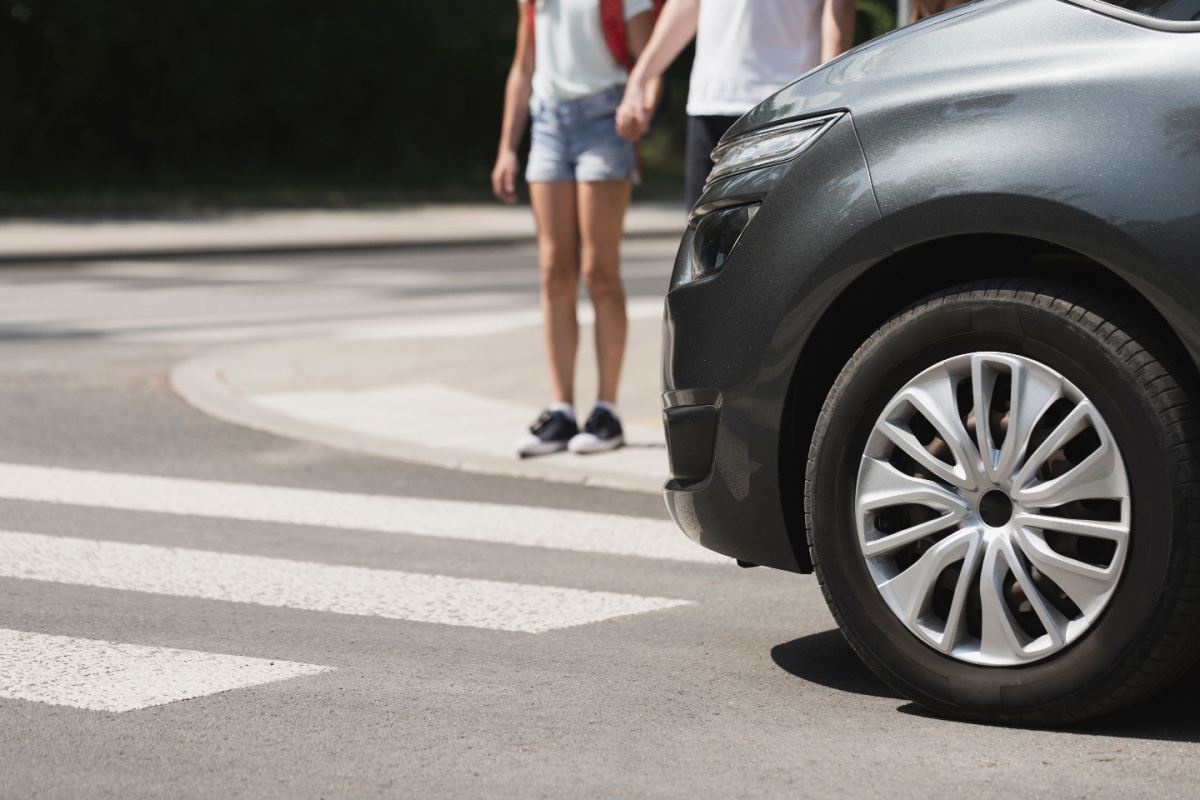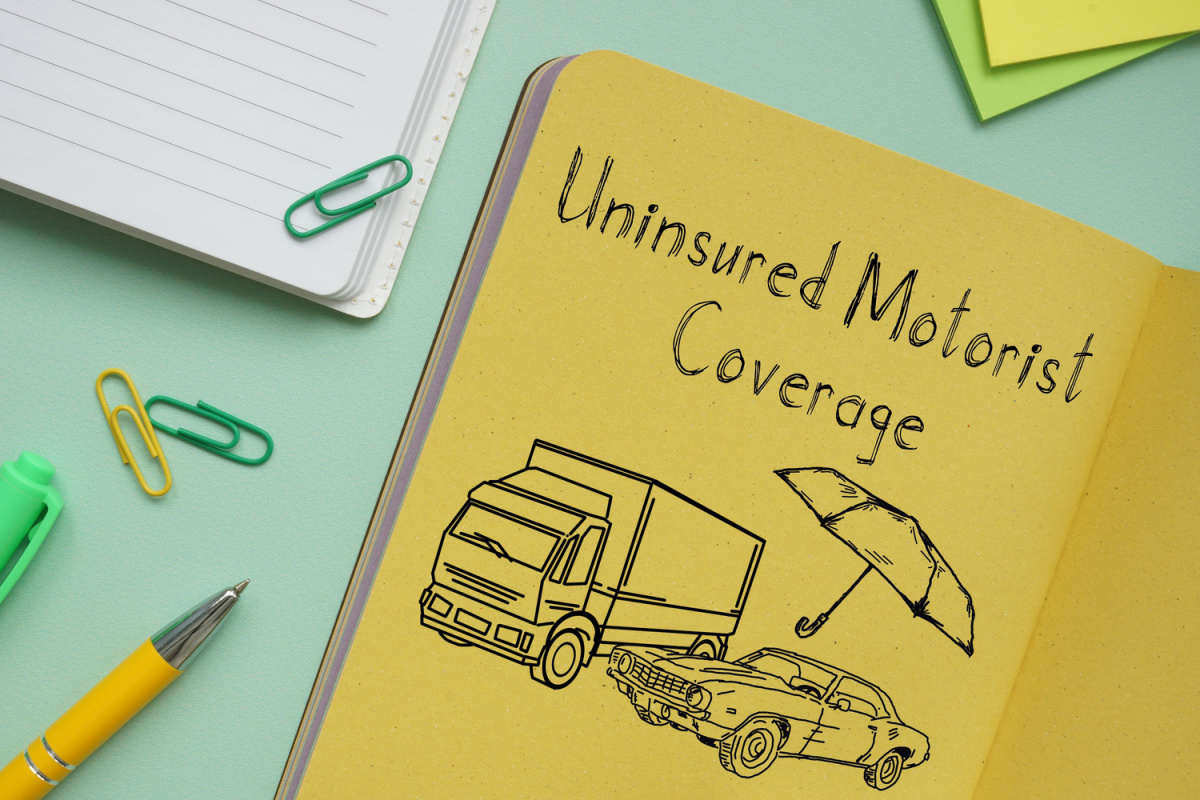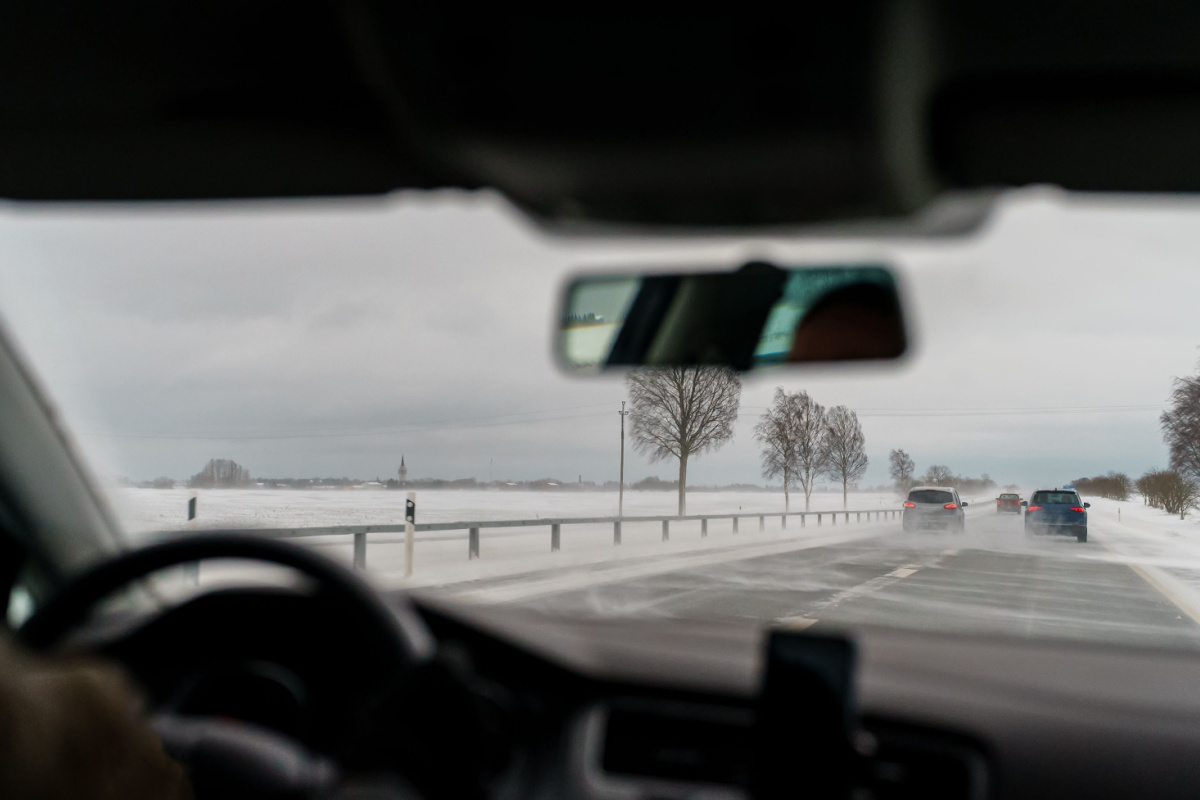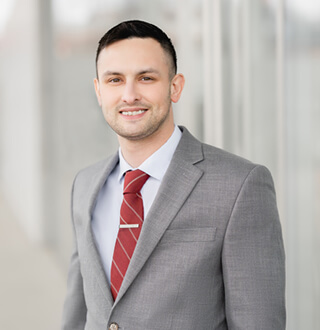
Attorney at Mueller, Schmidt, Mulholland & Cooling
Practice Areas: Social Security Disability, Workers Compensation, Personal Injury
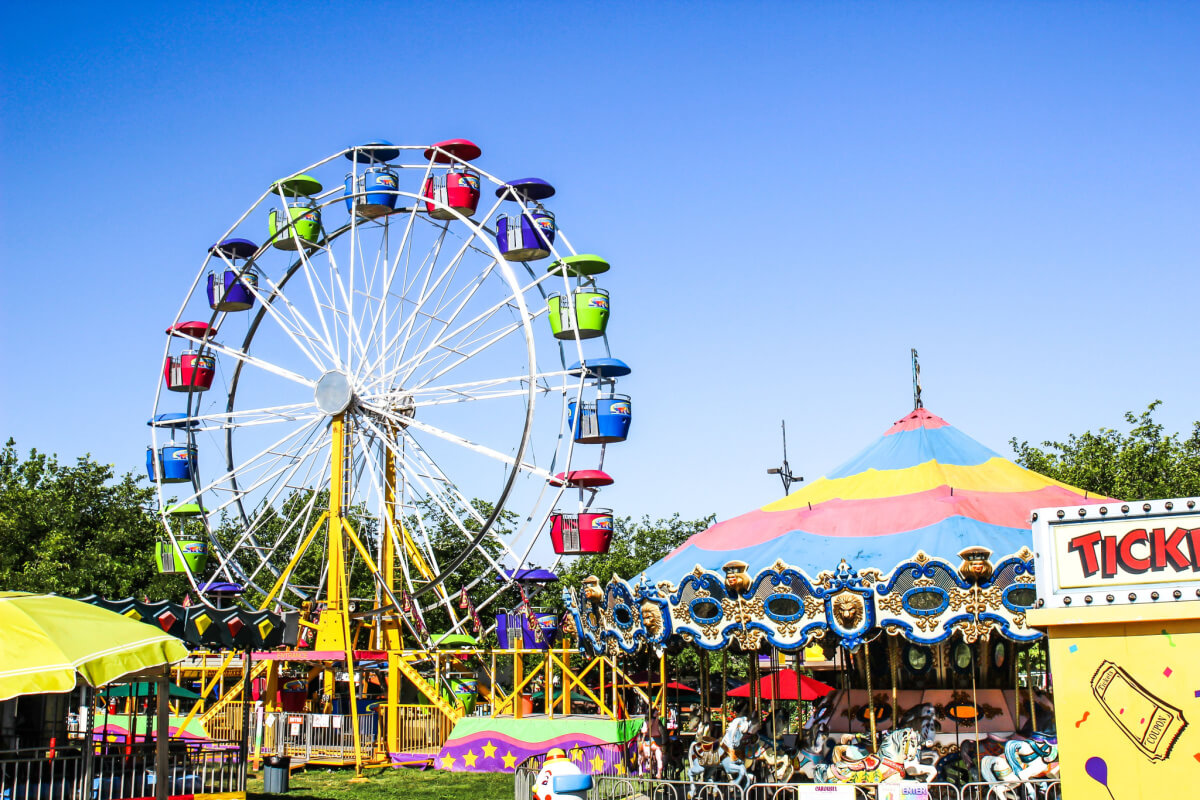
Fall fairs are a family-friendly, all-American institution each year. Unfortunately, the United States Consumer Product Safety Commission (USPC) reports that nearly 31,000 people were injured by amusement park attractions in 2016 alone, with an average of 30,000 injuries sustained from these types of events each year.
At this year’s Iowa State Fair in August, for instance, the popular giant slide was shut down for part of one day after a video captured kids flying off one of the humps on the slide, landing hard, and getting hurt – some of them roughly flipping over on the ride.
State fair representatives claim that the causes of the injuries were a fresh coat of wax and new burlap bags. Some of the wax was then removed by ride operators, and the slide was reopened with more supervision.
Luckily, this scenario did not result in any fatalities, but troubling injuries like these continue to be on the rise.
How Ride Malfunctions Cause Fall Fair Injuries
Ride malfunctions are a common cause of injuries and fatalities at fall fairs and festivals in Iowa and across the country.
In July 2017, the Fire Ball ride malfunctioned at the Ohio State Fair, resulting in the death of an 18-year-old. In 2016, 14 people suffered injuries, with eight taken to the hospital at the Delta Fair & Music Festival in Memphis, Tennessee, while on the Moonraker ride because of a malfunction. The computer had detected an issue, which initiated a shutdown. The problem was that the Moonraker was still in use, with passengers on board. Although the operator tried to stop the ride, which released the safety restraint too soon, this action left riders falling and dangerously dangling in mid-air.
Under premises liability law, legal theories to prove ride malfunction liability include:
- Negligent maintenance of a ride
- Negligence of a fair employee or staff member
- Mechanical failure due to age
- Negligence on the part of the ride manufacturer
- Negligent hiring or training of staff members
- Failure to inspect the ride
- Failure to post warning signs
A personal injury attorney would build the liability case by gathering specific facts through an accident investigation and witness interviews to help ride injury victims recover compensation for their:
- Medical bills
- Lost wages
- Pain and suffering
How Security Negligence Can Cause Fall Fair Injuries
Amusement parks, fairs, and festivals are required to follow strict security guidelines, but negligent errors and poor judgment still exist and can lead to accidents on the premises.
The types of dangers and risks from a lack of safety and security measures that can cause fall fair injuries include:
- Inadequate lighting at night or in shaded, dark areas
- Little or no emergency exits
- Little or no hazard or warning signs
- Exposed electrical cable in high-traffic areas
- Malfunctioning security equipment
- Overcrowding and overcapacity of guests
- Unsafe walking areas cluttered with obstacles
- Lack of organization, planning, or training of personnel for emergencies
How Product Defects Can Cause Injuries at Fall Fairs
The manufacturer of a ride or a defective part of a ride may be found liable for fair injuries. There just needs to be concrete evidence that the defect in the product caused the malfunction, which caused the injuries.
The three main product defects that could result in a lawsuit are:
Design Defects
A poorly designed or improperly tested product will show that the ride is more than likely defective, unsafe, or dangerous to the public.
Manufacturing Defects
Manufacturing defects are not a result of the product’s design, but the process of it being made. And, when the product was made, it was made unsafe.
Marketing Defects
These defects relate to the warnings or instructions included (or not) with a product. With rides, those warnings could be shown on signs or tickets. Failure to do so could make the manufacturer liable for injuries.
What Are Common Injuries Resulting from Fall Fair Accidents?
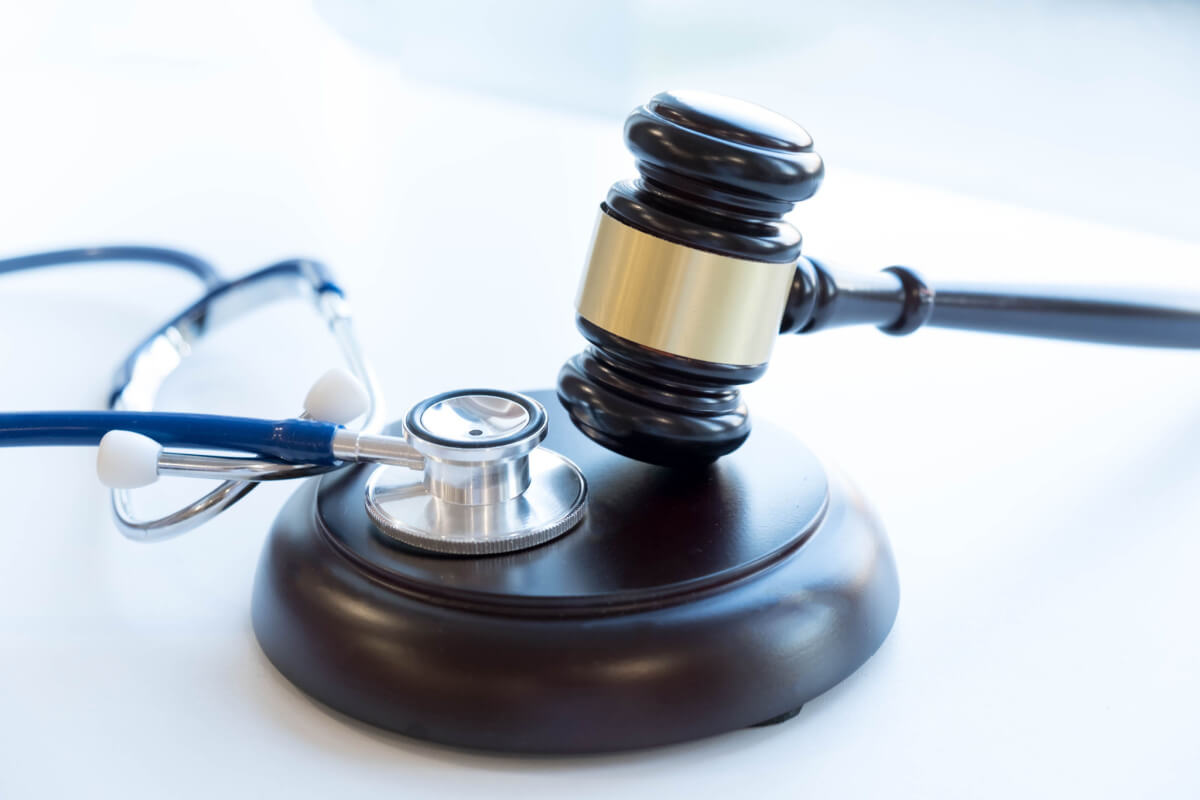
When rides malfunction at fall fairs, injuries could be caused by objects hitting someone in the head, body limbs getting caught in moving parts, lacerations from cables snapping, and more.
More specific injuries and their causes include:
Broken Bones
Arms, wrists, and legs tend to be more prone to broken bone injuries due to rough rides, falls, or slips. These accidents could be caused by a ride operator (or rider) not properly securing seatbelts, which leads to the rider hitting the structure of the ride or falling out of their seat.
Whiplash
Faster, more aggressive rides, like roller coasters, bumper cars, and spinning rides, can cause whiplash or other neck injuries that jerk someone’s head quickly back and forth. Symptoms include neck stiffness, dizziness, a tingling sensation in hands, and fatigue.
Concussions and Traumatic Injuries
High-speed rides with gravitational forces could cause the head to move and shift quickly, knock into objects, and lead to a concussion or traumatic brain injury (TBI). Although the risk of suffering from a TBI from a roller coaster is low, it is still a possibility. Other traumatic injuries from fair rides because of brakes failing or the failure to properly restrain riders are amputations, and even decapitation.
What Are the More Common Parties Liable for Fair Accidents?
Some of the more common parties that could be found liable for causing injuries at fall fairs include:
- Fair or festival organizers, including the state
- Event hosts, such as a church or park
- Maintenance workers who set up the ride equipment
- Ride operators
- State agencies responsible for inspecting and repairing the rides
- Ride engineers for design flaws and structural defects
How a Defendant May Prove They Were Not Liable for Fair Ride Injuries
Proving negligence is the basis of any claim that is filed after a fair ride accident, which means verifying that the vendor or another party was at fault and acted in a careless or reckless way that caused the victim’s injuries.
But how will the defendant prove they were not actually liable for the plaintiff’s fair ride injuries? They may argue that:
- The rider did not abide by the safety rules
- The rider accepted the assumption of risk
- The rider was aware of the disclaimers on admission tickets saying they assume liability
To establish that they were not liable, a defendant must demonstrate a lack of responsibility for the incident. This could involve showing evidence of compliance with safety regulations, proper ride maintenance, and that all necessary precautions were taken to prevent such accidents. For instance, in cases like Iowa dog bite incidents, the defense would similarly need to prove that they had no control over the dog or that the victim was trespassing or provoking the animal.
In the context of fair ride injuries, the defendant might argue that the victim did not follow safety instructions or had an existing health condition that contributed to the injuries. Just as in safeguarding your rights after a construction site fall in Iowa, where the onus is on the injured party to prove that the site managers or owners neglected their duty, the defendant at the fair must provide clear evidence that they fulfilled theirs. Understanding the nuances of such personal injury cases is crucial for both parties. Whether it’s an injury from a fair ride or an unexpected event like a vape pen explosion, the principles of liability remain consistent. The defendant’s ability to successfully present their case can significantly influence the outcome of insurance settlement negotiations, potentially leading to a verdict in their favor.
If you have been injured in a fair ride accident, call us at 515-444-4000 or contact us here for a free consultation.
If you were recently involved in a car accident in Des Moines and need legal representation, a Des Moines car accident attorney can help. They have the experience and knowledge to handle your case and fight for your rights.
Categories
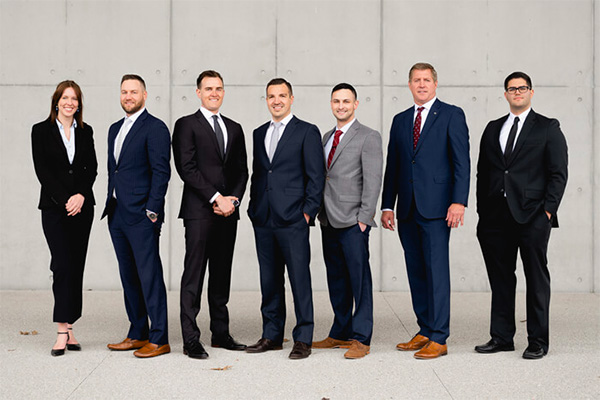
Providing Unmatched EXPERIENCE On Your Case When you find yourself in a situation where you’ve been treated unfairly or you’re in the middle of a legal disagreement, it can be difficult to know what your rights are and how to proceed.

